6.1 University Cities
6.1.1 Durham
Durham North Carolina Police broke up the “Allen Building Demonstration” taking place February 13 1969 on the campus of Duke University in Durham using a variety of weapons, including a thermal fogger (Jolley and Olive 1969, Schreiber et al. 1971a, 1971b). The police reportedly chased protesters across campus with the fogger, including using it inside Duke Chapel (Schreiber et al. 1971a, 1971b).
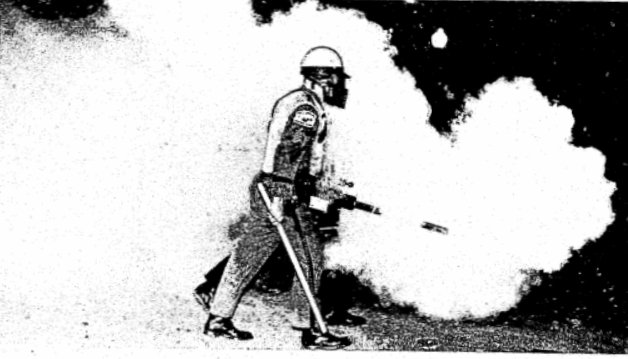
FIGURE 6.1: Deployment of a thermal fogger by police on Duke Campus (Jolley and Olive 1969).
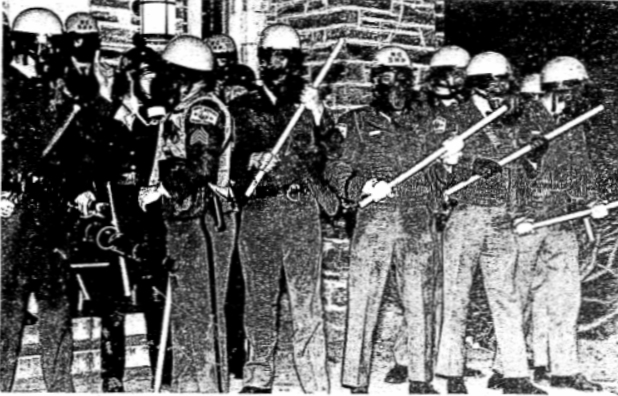
FIGURE 6.2: Police with pepper fogger on Duke campus (Jolley and Olive 1969).
6.1.2 Berkeley
6.1.2.1 February 21 1969
A year after using the fogger on a protest held in solidarity with the Chicago Protest, police in Berkeley again deployed a fogger to clear demonstrators including striking students from outside a University Regents and Sproul Hall plaza on the University of California campus.
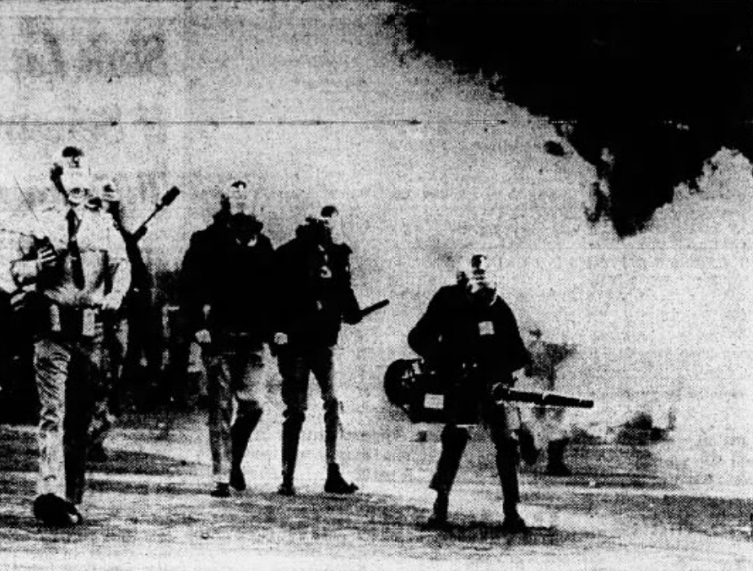
FIGURE 6.3: Police use a pepper fogger and other chemical weapons to clear a University plaza (Associated Press 1969j).
This deployment was covered in papers across the country including the Press-Telegram (Long Beach, California) (Associated Press 1969b), The Jackson Sun (Jackson, Tennessee) (Associated Press 1969c), The Daily Tribune (Wisconsin Rapids, Wisconsin) (Associated Press 1969a), The Sumter Daily Item (Sumter, South Carolina) (Associated Press 1969d), The New Mexican (Santa Fe, New Mexico) (Associated Press 1969e), Janesville Daily Gazette (Janesville, Wisconsin) (Associated Press 1969h), and Messenger-Inquirer (Owensboro, Kentucky) (Associated Press 1969i).
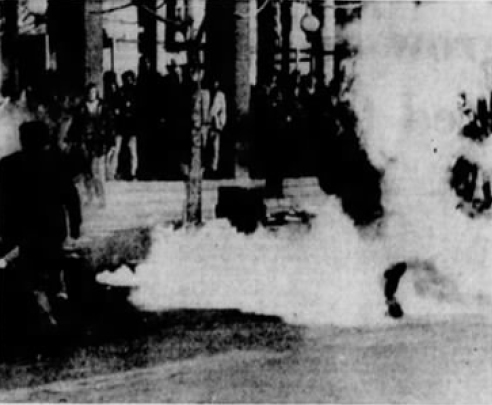
FIGURE 6.4: Police engulf a University plaza in chemical fog (Associated Press 1969j).
Canadian newspapers detailed the fogger use as well, specifically the Red Deer Advocate Red Deer, Alberta, Canada) (Associated Press 1969f) and The Leader-Post (Regina, Saskatchewan) (Associated Press 1969g).
6.1.2.2 February 28 1969
The following week, the police in Berkeley were joined by California National Guard troops to attack strikers, and continued to use the pepper fogger (Associated Press 1969m, 1969n).
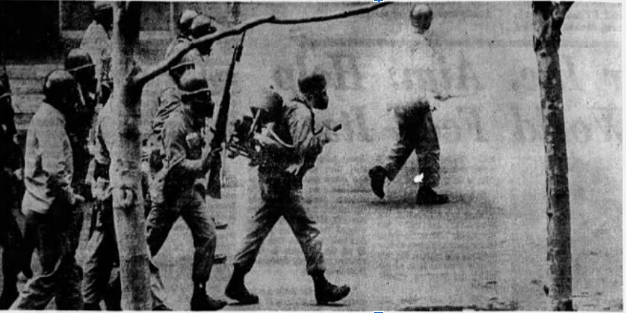
FIGURE 6.5: National guardsmen and police fog UC Berkeley (Associated Press 1969k).
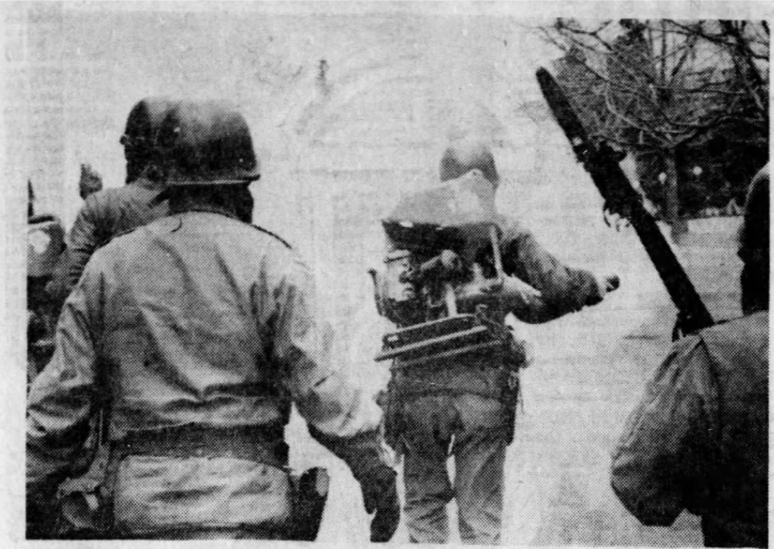
FIGURE 6.6: View from behind of the police using a pepper fogger on striking students (Associated Press 1969l).
6.1.2.3 May 15 1969
Alameda County sheriffs deployed a pepper fogger on UC Berkeley’s campus again during the “People’s Park Riots” of 1969 (Los Angeles Times 1969, Hayes 1970).
The riot apparently started when the university tried to prevent individuals living on the street from a volunteer-run park they built on a lot owned by the school (United Press International 1970).
The Sheriffs were joined by the California National Guard once again, who this time fogged neighborhoods from the back of a Jeep:
FIGURE 6.7: California National Guard’s Gas Jeep (Rosenberg 1969).
6.1.3 Seattle
Seattle Washington police deployed CN and CS gas via a new pepper fogger in their clash with “hundreds of unruly youths in the University District” on August 14 1969 (Associated Press 1969p). Witnesses recounted that the machine was “highly effective”, filling “2-3 blocks of a street with tear gas in about a minute” (Associated Press 1969p).
6.1.4 College Park
On May 4th 1970, students gathered at campuses around the country to protest President Nixon’s expansion of war into Cambodia, inlcuding in at the University of MAryland (UMD) campus in College Park (Washington Area Spark 2013). Police responded with chemical weapons that did not deter the protest, but rather moved it around the campus (Cabe 1970). By later in the day, UMD students had heard about the Ohio National Guard shooting four Kent State students and took up a position in front on and inside the UMD Chapel (Washington Area Spark 2013), which did not stop the chemical weapons barrage or the use of the fogger specifically (Oates 1970)
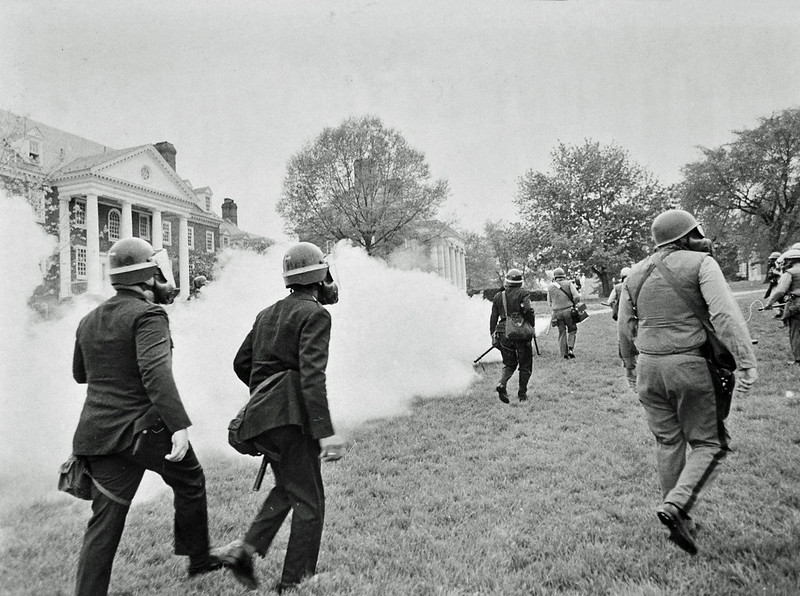
FIGURE 6.8: Police fog the University of Maryland (Cabe 1970).
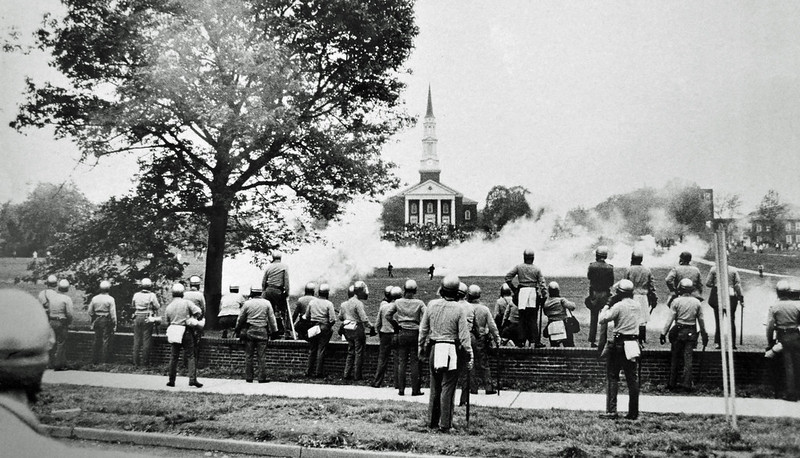
FIGURE 6.9: Police fog the University of Maryland Chapel (Cabe 1970).
The Maryland State Police liked the GOEC fogger so much they included it in their Manual on Civil Disturbances as a tool for deploying CS gas (Maryland State Police 1972):
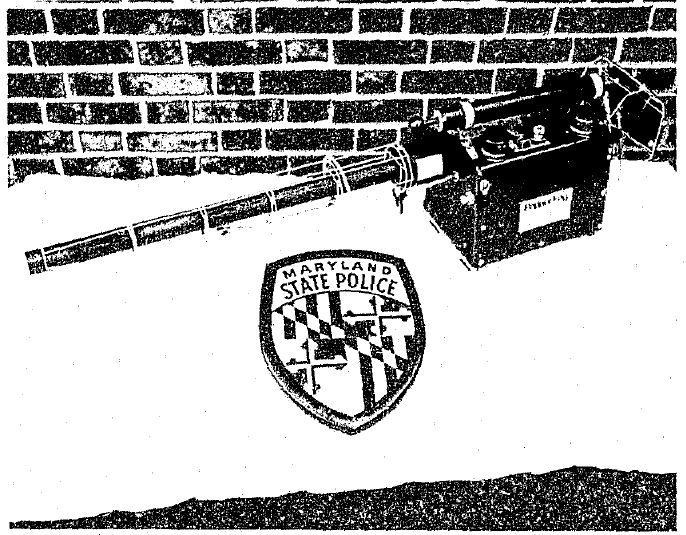
FIGURE 6.10: Maryland State Police’s GOEC pepper fogger (Maryland State Police 1972).
6.1.5 Iowa City
Johnson County sheriffs - including two deputies carrying pepper foggers - used chemical weapons against protesters in Iowa City, Iowa IA on May 6 1971 (Eckholt 1971).
The chemicals deployed smelled like insecticides and were described in print as “unidentified” because the Sheriff refused to publicly name the compounds, including to the news media (Eckholt 1971).
6.1.6 Minneapolis
Thousands of anti-war protesters gathered in cities around the US on May 10 1972 to demonstrate against the use of mines in Vietnam harbors (Associated Press 1972a). In Minneapolis, crowds totalling a thousand protestered gathered on and near the University of Minnesota campus and police responded with chemical weapons deployed via grenades, sprays, a helicopter and a thermal fogger (Associated Press 1972b, Star Tribune 1972).
The fogger was used to direct the crowd around campus and spread gas over large areas, such as the area known as Scholars Walk (~0.25 mile from Washington Avenue to the Auditorium) (Star Tribune 1972).
6.1.7 Gainesville
Similarly to the anti-mine protests in Minneapolis, on the campus of the University of Florida in Gainesville, Florida Highway Patrol deployed a riot vehicle dubbed “The Monster” which “spewed tear gas” (Associated Press 1972b). Although a fogger is not mentioned specifically, this is the same agency (Florida Highway Patrol) that first deployed thermal foggers via a truck in 1968 (Tschenschlok 1995, Lorentze 2018).